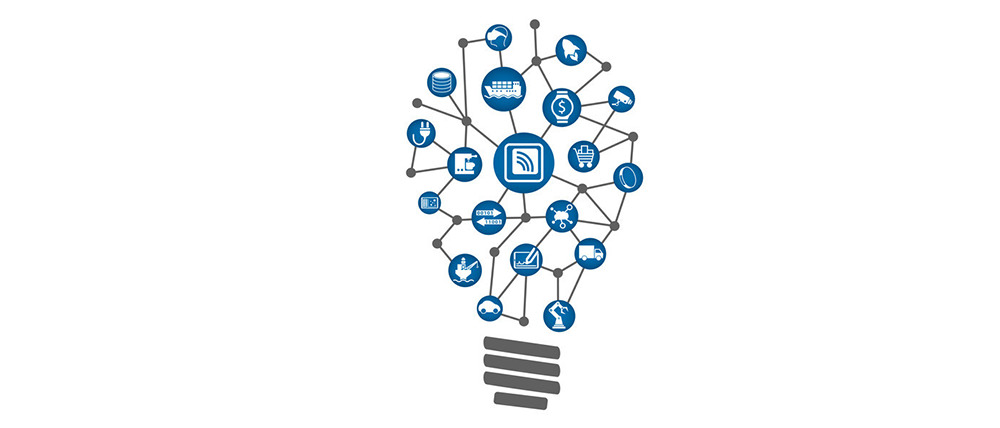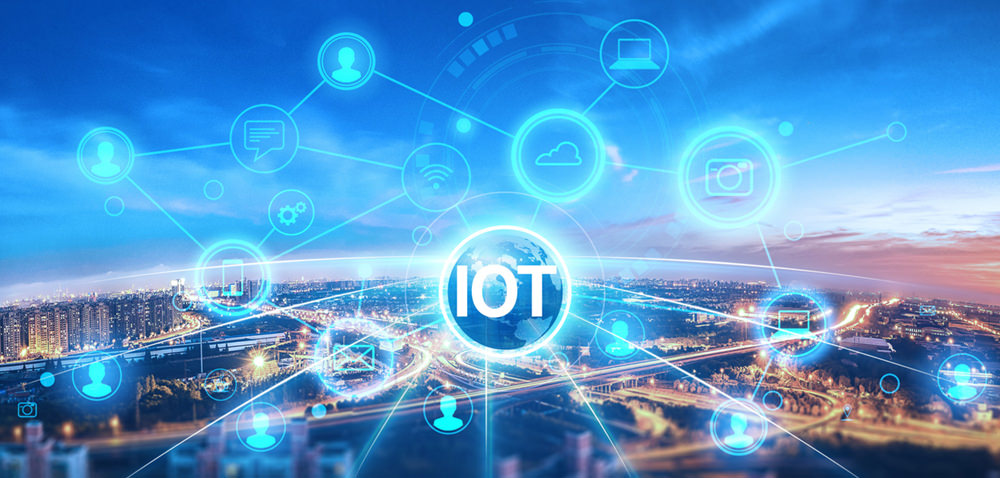Did you know that lighting accounts for about 15% of the global electricity consumption and 5% of the greenhouse gas emissions? That’s equivalent to the annual output of over 70 coal-fired power plants.
But what if we could turn every lighting fixture into a smart device that can communicate, sense, and respond to its environment? What if we could use the power of the Internet of Things (IoT) to create a more efficient, intelligent, and sustainable lighting system that can save energy, money, and the planet?
That’s exactly what smart IoT lighting is all about. In this article, we will explain what IoT lighting is, how it works, and how it can contribute to sustainability. We will also discuss the challenges and opportunities of smart IoT lighting for the future. If you are interested in IoT lighting and how it can help you achieve your sustainability goals, read on!
What is IoT lighting and how does it work
Smart IoT lighting is a lighting system that uses the Internet of Things (IoT) technology to connect, control, and optimize the performance of light sources, sensors, switches, and other other devices. IoT lighting can be applies to various sectors and scenarios, such as street lighting, industrial lighting, and architectural lighting.
At a basic level, IoT lighting works by connecting lighting fixtures to a central network. This network can be controlled via software or a mobile app, allowing users to adjust lighting setting remotely. Smart lighting systems can be programmed to adjust automatically based on occupancy, time of day, and natural light levels, and can even be integrated with other IoT devices, such as smart thermostats.
At its core, IoT lighting relies on LED lighting fixtures embedded with wireless connectivity chips and sensors. This allow each individual light point to connect to a centralized control system and lighting software platforms via wireless protocols like Bluetooth, Zigbee, Casambi, or WiFi.
Intelligent IoT networks prevent any lighting waste by illuminating spaces only when needed. This results in lower carbon emissions and supports sustainability. IoT lighting delivers the next generation of efficiency and automation that will be core to environmentally responsible buildings and cities.

How does smart IoT lighting contribute to sustainability
IoT lighting is a powerful tool for promoting sustainability, offering a range of benefits that can help lower energy consumption, provide data analysis, reduce maintenance needs, and enhance livability and well-being.
lower energy consumption
The most direct sustainability impact stems from the significant energy savings IoT lighting provides. Studies have found that upgrading to connected LED systems can reduce electricity usage for lighting by 50-90%. This is achieved by automatically dimming or turning off lights when not needed based on occupancy, schedules, and daylight availability. This can also reduce the greenhouse gas emissions that result from burning fossil fuels for electricity generation. According to a report by Climate Group, switching to LED lighting could save 1,400 million tons of CO2 per year.
Data analysis
A key sustainability feature is the rich data IoT lighting provides to inform conservation initiatives. IoT lighting systems can also provide valuable data for sustainability analysis. By collecting data on energy consumption and lighting usage, organizations can identify areas for improvement and implement more sustainable practices.
Reduce maintenance needs
With adaptive dimming and daylight integration, LEDs lifespans can be extended. Fewer burned out fixtures means less frequent replacement and less lighting equipment sent to landfills over time. By detecting faulty fixtures and other issues, IoT lighting systems can alert maintenance teams to potential problems before they become major issues. This can reduce the need for manual inspections and repairs, saving time and money.
Enhance livability and well-being
IoT lighting can also improve the quality of life and well-being of people by creating more comfortable, safe, and productive environments. For example, it can adjust the color temperature and intensity of the light sources according to human circadian rhythm, mood, or task of the users, improving their health and performance.
What are the challenges and opportunities for smart IoT lighting for sustainability
The integration of Internet of Things (IoT) capabilities into lighting systems presents monumental opportunities to improve energy efficiency and advance sustainability goals. However, effectively leveraging the technology also requires overcoming key challenges.
High upfront costs
A major barrier to adoption is upfront costs. Networked LED lighting fixtures and sensors remain expensive compared to traditional options, so ROI timelines can be lengthy. This higher pricing can deter owners from upgrading, even though long-term savings are substantial.
Privacy and security concerns
As with any IoT technology, there are concerns around privacy and security. Smart lighting systems can collect data on occupancy, behavior, and usage patterns, raising concerns around data privacy. In addition, these systems can be vulnerable to hacking or cyber attacks if not properly secured.
Compatibility issues
Interoperability issues can also hinder large-scale IoT lighting deployments. With numerous vendors and technical platforms, compatibility problems can prevent lighting networks from functioning cohesively. Open standards and unifies specifications are needed across the industry.
Despite these challenges, the sustainability benefits outweigh the barriers. As mentioned earlier, IoT lighting can reduce carbon footprints and energy consumption. It also enables advanced applications that boost conservation. Gathered data can feed into machine learning algorithms to constantly refine lighting needs and identify malfunctioning equipment. The IoT revolution puts energy-optimized, adaptive lighting within reach. With the right strategies and standards, IoT systems can become the new normal - unlocking sustainability at scale.
The time is now to implement intelligent networks that meet both illumination needs and sustainability goals, contact us to learn more about IoT lighting products. Our team of experts can map out a solution tailored to your specific requirements and budget.













